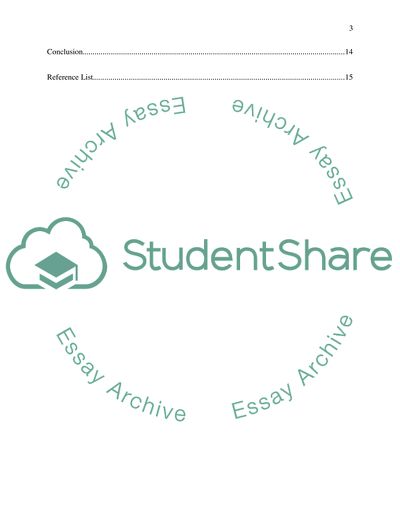Cite this document
(“Strategic Management Accounting Research Paper Example | Topics and Well Written Essays - 3000 words”, n.d.)
Strategic Management Accounting Research Paper Example | Topics and Well Written Essays - 3000 words. Retrieved from https://studentshare.org/finance-accounting/1625229-strategic-management-accounting
Strategic Management Accounting Research Paper Example | Topics and Well Written Essays - 3000 words. Retrieved from https://studentshare.org/finance-accounting/1625229-strategic-management-accounting
(Strategic Management Accounting Research Paper Example | Topics and Well Written Essays - 3000 Words)
Strategic Management Accounting Research Paper Example | Topics and Well Written Essays - 3000 Words. https://studentshare.org/finance-accounting/1625229-strategic-management-accounting.
Strategic Management Accounting Research Paper Example | Topics and Well Written Essays - 3000 Words. https://studentshare.org/finance-accounting/1625229-strategic-management-accounting.
“Strategic Management Accounting Research Paper Example | Topics and Well Written Essays - 3000 Words”, n.d. https://studentshare.org/finance-accounting/1625229-strategic-management-accounting.


